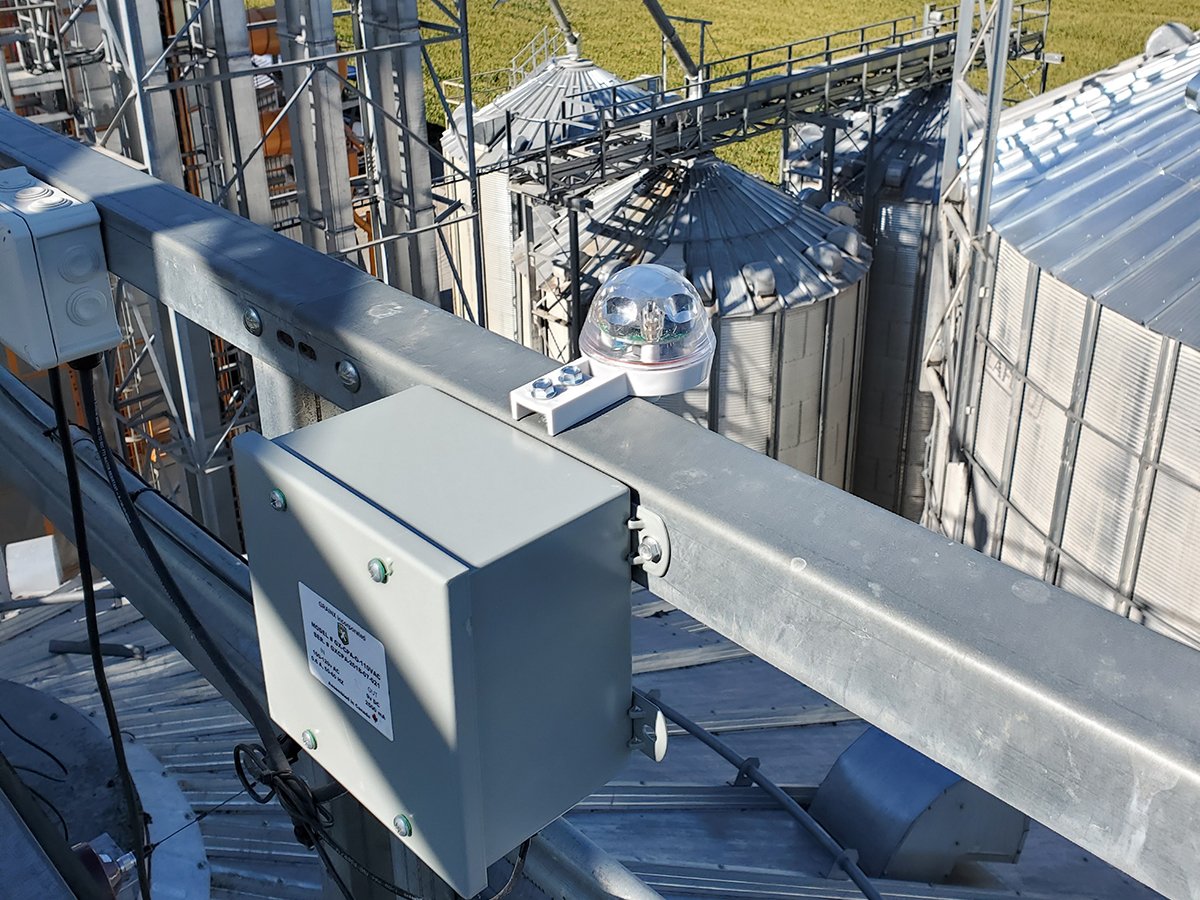SAN FRANCISCO, Calif. – Canola has just begun to see its most important yield gains.
But don’t expect to see best-ever yields rise dramatically, canola agronomy experts said at the Canola Council of Canada convention in San Francisco last week.
The gains will be for crops that would normally fail but can now yield adequately in harsh conditions.
“In the high yield areas, it will go up a little bit,” said Garth Hodges, the global manager for wheat and oilseeds for Bayer CropScience.
Read Also

Wireless grain monitoring is a grain spoilage saviour
GrainX is a wireless grain storage monitoring service and technology company whose data is sent to the cloud for producers to access via computer and smartphone.
“In the low yield areas, it will go up quite a lot.”
Farmers can see evidence in east-central Alberta and west-central Saskatchewan, where last spring’s arid conditions made many fear a canola crop disaster. Instead, yields were good.
And across the Prairies, unusual summer and harvest conditions could have ravaged yields, but in 2009, little damage was noted.
“It just filled and flowered, filled and flowered,” said canola council crop production vice-president Denise Maurice about the lack of petal blast last year.
“It’s the resilience we’re finding. It’s the ability to survive frost. It’s the ability to handle drought when it kicks in.”
Canola yields have boomed in the past 15 years. From average bushel yields in the low 20s per acre in the mid-1990s to today’s 30-something to the canola council target of 40.3 bu. per acre by 2015, canola yields have soared as hybrid breeding, biotechnology and agronomic practices have evolved.
Maurice said the genetic potential of some varieties in trials is amazing, with some recording more than 100 bu. per acre in perfect conditions.
But she thinks farmers will get the biggest gains from improving their crop management. Field-by-field customization of fertilizer blends could boost yields.
“Some of our practices are limiting our ability to get the absolute genetic potential these varieties offer,” said Maurice.
Hodges said hybrid and variety development could still bring marginal gains to yields, but the real gains will come from biotechnology.
Protection from disease and environmental conditions will act like an insurance policy for growers in marginal regions or who are hit by particularly bad conditions.















